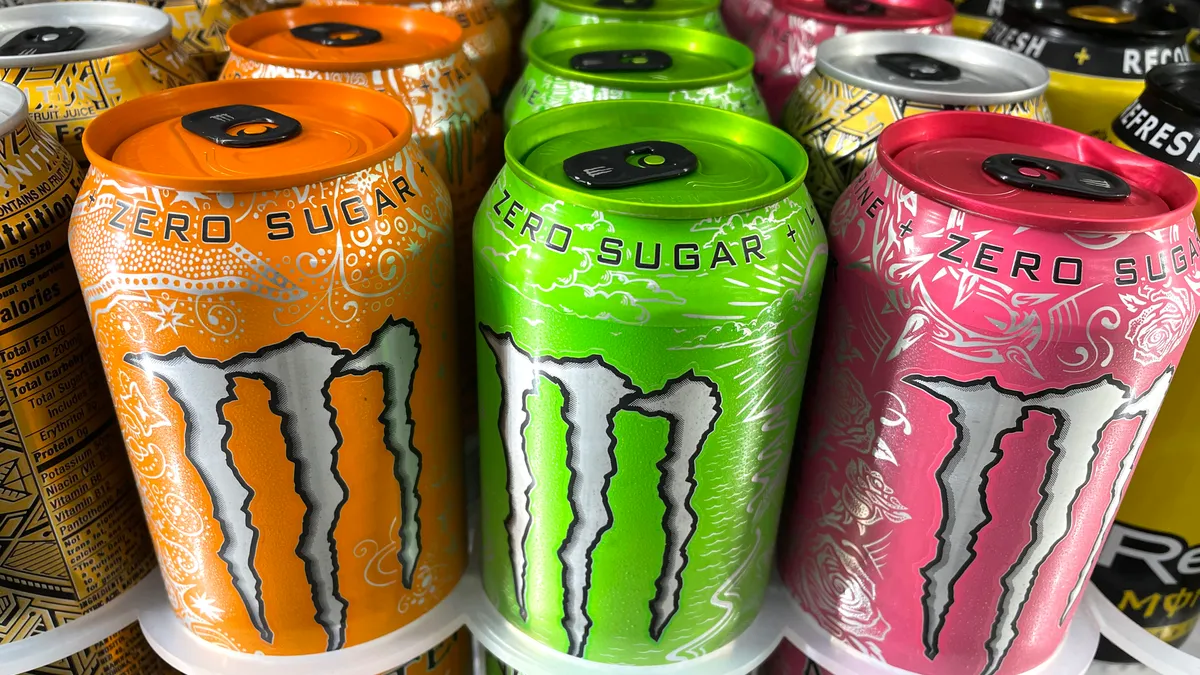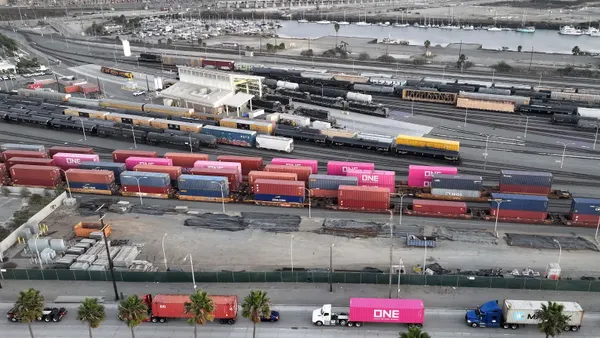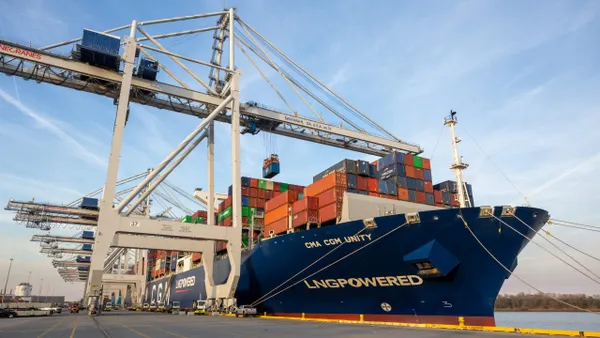Dive Brief:
- Monster continued to face high costs related to the import of aluminum cans last quarter as the beverage maker struggled to shift sourcing to the U.S. amid high consumer demand for its energy drinks.
- The company paid around $66.7 million in higher freight costs in Q2, which includes the cost to import cans. Operational inefficiencies, including the importation of cans, cost Monster $46 million in Q1.
- Monster co-CEO and Vice Chairman Hilton Schlosberg said the company is relying less on imported cans overall, but is still taking on higher costs to meet demand. “We are not in this business for the second quarter of 2022,” Schlosberg said. “We are in this business for the long-term and it’s important to us to ensure that our customers and our consumers continue to have energy products.”
Dive Insight:
Port congestion and skyrocketing freight costs pushed Monster to shift more of its aluminum can sourcing to end-consumer markets. But high demand made it difficult for the company to control costs, and Monster chose to pay to import cans last quarter rather than let shelves go empty.
“Yes, maybe we did take a hiccup in gross margin in .... the second quarter of 2022,” said Schlosberg. “But at least we were able to bring our inventories back to a situation where we are able to service customers and we are able to service consumers.”
Executives say Monster has decreased its overall reliance on imported cans, and the company has worked to redistribute finished inventory across U.S. distribution centers to cut down on lead times and costs. The energy drink maker expects a reduction in the cost of sales “through increased use of domestic cans” over the next few quarters.
The continued reliance on imported cans comes as the company works to ensure it has adequate availability ahead of planned price increases Sept. 1. Monster will raise prices around 6% in the U.S., and will implement some price increases in the second half of 2022 in certain international markets.
“Look, it will be a terrible situation, when our price goes up in September 1 and we don’t have sufficient inventories to satisfy demand. I mean, that would just be the end,” Schlosberg said. “So we have done our very best to stay on track and to work within a very, very difficult supply chain environment.”















